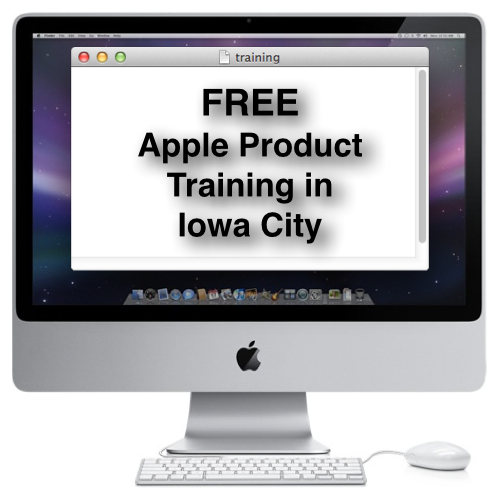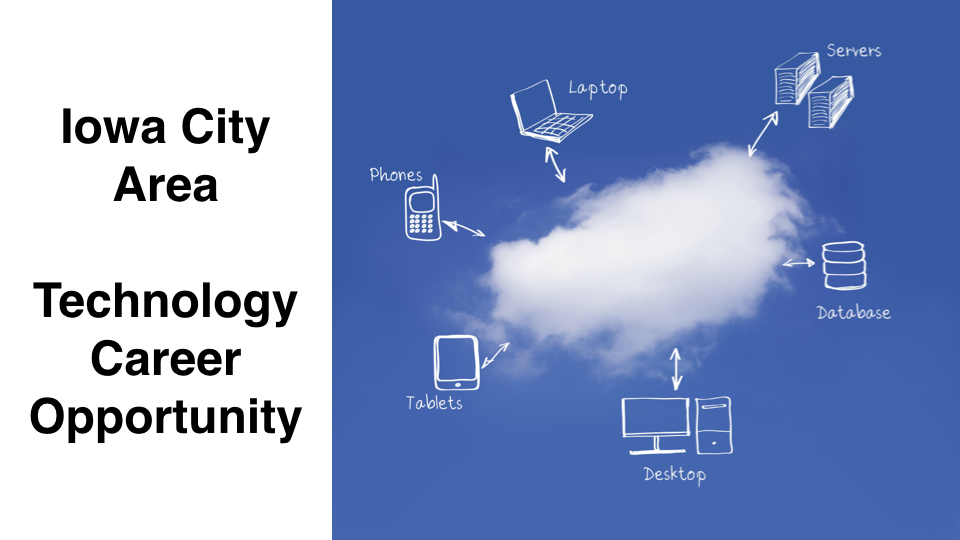On 17 Dec 2020, we upgraded our site for simpler faster delivery of content. Previous tech articles have been retained. We hope you like it.
Author: Greg Johnson

You may have a problem with your Apple or Windows computer where you startup the computer and it will hang on startup. With Windows computers, this may happen immediately after the POST (power on self test screens). With an Apple computer, this may happen before you see the Apple icon at startup.
This problem can be caused by a faulty USB device or USB Hub. For example, some connected hard drives may result in the system hardware attempting to identify the drive, or possibly scan the drive to determine its configuration. Multi-function devices can be perceived as external drives of they have memory card readers.
Try unplugging all unnecessary USB devices, then startup the computer, and then connect the devices again. This may speed up the startup process.
Something else that may slow down the startup process are synchronization applications for services like Dropbox, Box, Google Drive, and Microsoft OneDrive. Try configuring these mini-apps to not load at startup. That will likely speed up the startup process. You may want to choose just one synchronization drive service.

One of our goals with this website is to post technical support articles and documents that are relevant, timely, unique and helpful to as many people as possible. We measure our success through how many people we’ve reached and helped. The maps below show recent visitors to our website. Click any map for a larger gallery view.
Today I had an interview with Justin Andrews of KWWL. We discussed the Heartbleed security exploit and what consumers can do to protect themselves. Click here to view the interview and read the KWWL story. If you have questions about this and other computing security concerns, feel free to contact me.
[vimeo 91917948 w=640 h=360]
“Considering the long exposure, ease of exploitation and attacks leaving no trace this exposure should be taken seriously.” ~ CodeNomicon
I’ve written a more comprehensive article on my technology website. Click here to read that article.
FREE Apple Product Training in Iowa City
Join us at Tech Connection for a series of informational sessions led by our Apple Certified Technician, Timothy Barker.
- Get to know your Mac
- Learn helpful tips and tricks
- Questions and answer session

All sessions will take place at the Tech Connection store in the Old Capitol Mall.
Each session will last 30 minutes and be presented twice on the designated day at 11am and 4pm.
Tech Topics Schedule and Topics
Backing up your Mac
Wednesday, February 26
Would your data be safe in case of hard drive failure? Learn how to easily back up your Mac with Time Machine. We’ll also discuss backup basics and the elements of a good backup plan.
Upgrading to Mavericks
Wednesday, March 12
Apple’s latest version of OS X is a free update in the Mac App Store. Is your Mac ready for Mavericks? We’ll tackle the upgrade process and answer your questions.
Mac Security Basics
Wednesday, March 26
Your Mac and OS X Mavericks include a number of powerful security features. Learn about built-in features and best practices for keeping your Mac secure.
Intro to Evernote
Wednesday, April 9
Evernote is a simple yet powerful tool for syncing notes and files across multiple devices. Learn how this amazing app can help you with studying, productivity, research and organization.
Making the most of iCloud
Wednesday, April 23
Apple’s iCloud service is built into your favorite Apple tech. Learn how to sync data, backup your iPhone, manage photos and more!
Mac Upgrades
Wednesday, May 7
Is your Mac running slow? Need more disk space? Learn about memory and storage upgrade options for your Mac.
Microsoft Office 2011 Outlook Calendar
If you’re using Microsoft Office 2011 on an Apple Mac computer, and want to open a calendar that someone else has shared, or share your own calendar, you’ll find that the menu options and user interface are somewhat non-intuitive.
Here are the necessary steps to open a shared calendar:
- You don’t need to be viewing the Calendar or in the Calendar module to proceed. This works from within email or anywhere else in Outlook.
- From the File menu, choose Open > Other User’s Folder
- For Folder Type, choose Calendar. Outlook will default to the Exchange server you’ve connected to as the source for names and shared folders.
- Type in the person’s last name, then first name, or username, or search on any part of their name. The resulting list may be long if you are in a larger institution, business, organization, or enterprise.
- Click/highlight the person’s name and then press the Select button. This will add their calendar under Shared Calendars and synchronize their calendar events to Outlook, assuming they have given you rights to view their calendar.
Here are the steps to sharing your calendar:
- Go to the Calendar view/module.
- Under My Calendars, right click on the calendar name associated with the Exchange server account you’re using.
- Click on Sharing Permissions.
- From the resulting menu, you can click Add User, then search for available users. Make sure the person has already followed the instructions above to share their calendar with you.
Apple iCal Calendar Software
If using Apple iCal calendar software, the Delegates are selected in the Accounts menu.
Note: The iCal calendar software has two Account menus. If you go to the Calendar menu and click on Accounts, this will take you to the System Preferences Accounts settings and not the preferences for the iCal accounts. Instead, follow the instructions below.
Follow these steps to share your calendar with someone else:
- Click on the Calendar menu, then Preferences, then Accounts to adjust the Delegates and shared calendars.
- To share your calendar with others, use the Edit button found below the “Accounts I can access” list of users. Then add users to the list with the plus sign, then enter their name.
Follow these steps to view a calendar someone has shared with you:
- Click on the Calendar menu, then Preferences, then Accounts to adjust the Delegates and shared calendars.
- Use the Plus symbol to add the users who have given you rights to view their calendar.
__________
This article was developed by MG.
UPDATE: 1 MAY 2025
The post on this page was from 2013 and since the business referenced is no longer available, the original content has been removed.

The following security related training courses are available free of charge from Coursera.org – a consortium of 85 universities from 16 countries. Join over 5 million other Coursera learners in expanding your competency and skills.
Course Instructor Date Building an Information Risk Management Toolkit Barbara Endicott-Popovsky, University of Washington December 11, 2013 (10 weeks) Information Security and Risk Management in Context Barbara Endicott-Popovsky, University of Washington December 11, 2013 (10 weeks) Designing and Executing Information Security Strategies Mike Simon, University of Washington December 11, 2013 (10 weeks) Cryptography I Dan Boneh, Stanford University January 6, 2014 (6 weeks) Cryptography II Dan Boneh, Stanford University February 17, 2014 (6 weeks) Software Defined Networking Nick Feamster, Georgia Institute of Technology May 26, 2013 (8 weeks)
Choose any course from above, or search the online offerings of over 550 courses at Coursera.org.
Position Summary
This position will be working closely with the CLAS Executive Associate Dean in order to facilitate data-driven decisions by acquiring data and turning those raw data into information. The successful candidate will be responsible for creating a sustainable framework of reporting tools by developing, implementing and supporting database-driven models. This position will also have some responsibilities for refining reports into executive level communication and should have excellent writing skills. The successful candidate must demonstrate a high level of confidentiality with a strong attention to detail.
Job Duties
- Data Analysis, Migration and Management
- Database Development/Reporting
- Design/Modeling
- Implementation
- Administration/Support






